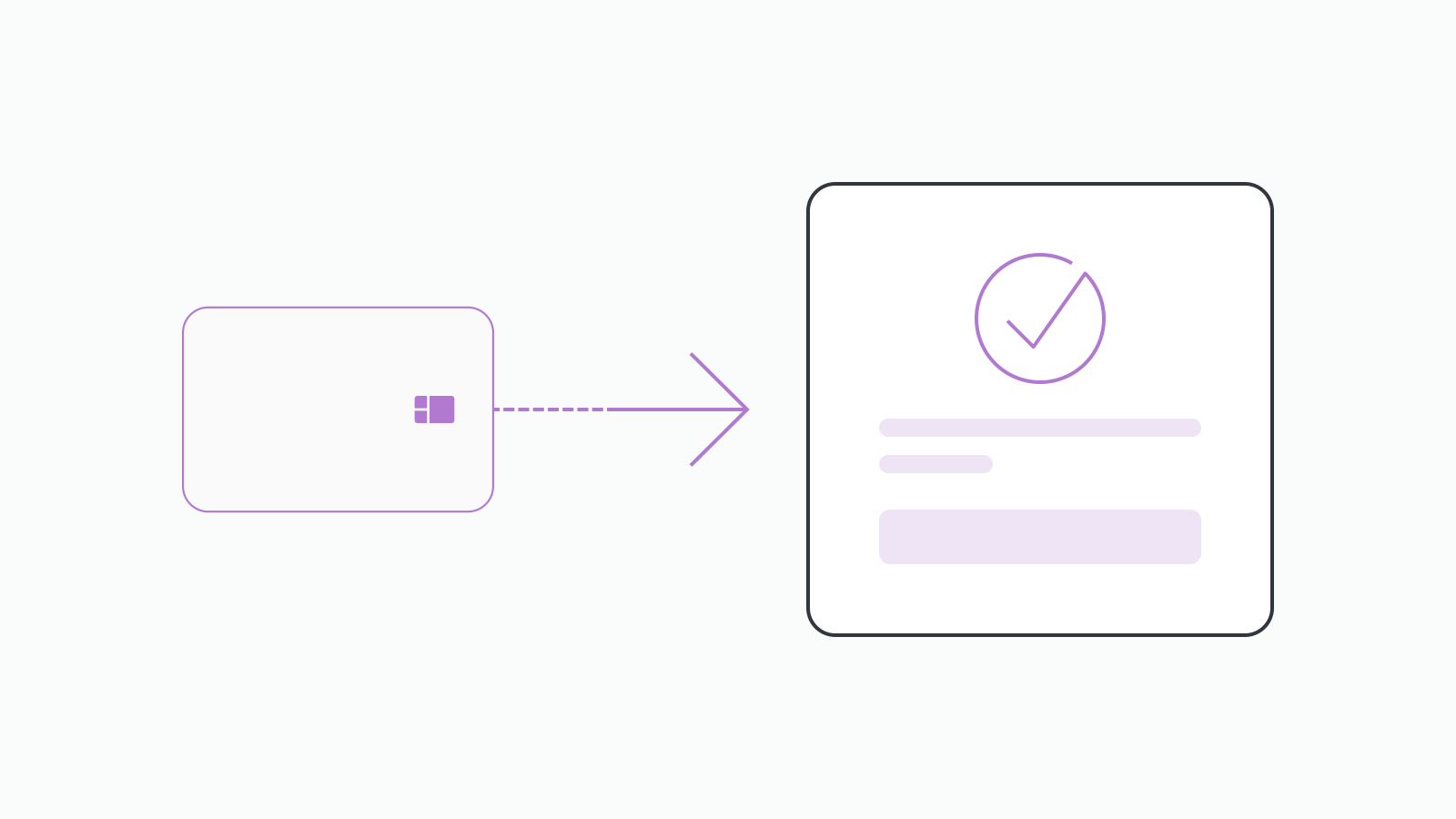Introduction to accepting payments
16 September 2024
Business owners work hard to offer great products and services to their customers. Getting paid and accepting payments should be as seamless and secure as sending payments. There are many different types of payments, and it’s important to understand different payment methods and payment rails to understand what will suit your needs.
Our Online Payments API streamlines how merchants accept, process and settle payments. Let’s look at the options available within the Online Payments API.
Before starting
Before getting started with understanding the different ways you can accept payments with our Online Payments API, it is recommended you get familiar with the key participants and the payment lifecycle.
Ways to accept payments
Bank transfers
Direct bank transfers facilitate the movement of funds from the customer’s bank account into the merchant’s bank account. This method is similar to a direct debit, except here the transfer is initiated by the customer.
Bank transfers supported in several European countries are iDEAL and Trustly.
Card payments
Card payments refer to transactions made using credit or debit cards. These transactions involve the movement of funds from the cardholder’s account to the merchant’s account through the card network and payment processors.
Cards supported are American Express, ChaseNet, Diners Club, Discover, International Maestro, Japan Credit Bureau (JCB), Mastercard, UnionPay and Visa.
Direct debit
Direct debit allows a business to collect payments from the customer’s bank account automatically. The key difference between this payment method and a bank transfer is that the customer is not the one initiating the transaction, but rather, the business pulls funds directly with the customer’s authorization. Direct debit payment methods supported are ACH, Electronic Check Processing (ECP), Single Euro Payments Area (SEPA) and Pay-by-Bank (PBB).
ACH/eCheck payments aren’t as immediate as other options, but are often cheaper due to lower processing fees. These payment methods are common with product subscriptions or other recurring charges.
PINless Debit
This is a debit card transaction in which the customer or cardholder is not required to enter their PIN to authorize a payment. The transaction is processed more like a credit card, but the funds are still drawn directly from a bank account.
PINless debit payment methods supported in the U.S. are ACCEL, NYCE, Pulse and STAR.
Wallets
If the payment types outlined above are the familiar options, then wallets are the new item on the menu" or similar. These are the digital systems or applications that allow users to store, manage, and use their payment information for transactions. These payments are flexible, convenient and secure.
Wallet payment methods supported are Alipay, Apple Pay, Google Pay, PayPal, Paze and WeChat Pay.
Where to go from here
Our Online Payments API provides a comprehensive and robust selection of payment rails to allow businesses to accept payments. For more , check out the following docs on our Payments Developer Portal:
If you’re a developer and would like to create an account to test out our Online Payments API in a sandbox, then you can easily create an account and get your API keys.